
About six months ago I had the great fortune to be invited to the Bakke Coffee Museum in Seattle. A few weeks ago I finally went. Kent Bakke, who retired in 2018 after three decades as CEO of La Marzocco has a truly extraordinary collection of coffee machines, if collection is indeed the right word. It is undoubtedly the largest and most complete in North America and is now housed in a dedicated, and newly renovated building in Seattle’s Ballard neighborhood just round the corner from the La Marzocco USA headquarters. Ballard itself is the kind of place that I love: a scrappy and exciting mix of working port and office and commercial spaces, bordering a residential neighborhood all accessible on foot. The kind of place where sheet metal shops and chandleries lie cheek by jowl with well-heeled/trendy eateries – vibrant despite or perhaps because of the tensions of post-industrial gentrification.
Renovations on the 6000 square foot building, which was a marine engine supply in its previous life, are not quite complete but the exhibition is open to the public by appointment. My impression is that the remaining work is both physical, and, to a certain extent conceptual, as Kent and his team organically develop the final form of the building as well as the curatorial approach to the collection as it is cataloged and organized. The public space on the main floor is divided into an exhibition room for machines from the collection and another, multi-purpose or, in my mind at least as-yet-not-quite-defined space. More about this second space in a bit.
The machines on display in the exhibition space, all beautifully restored, represent just a tiny fraction of the entire collection.
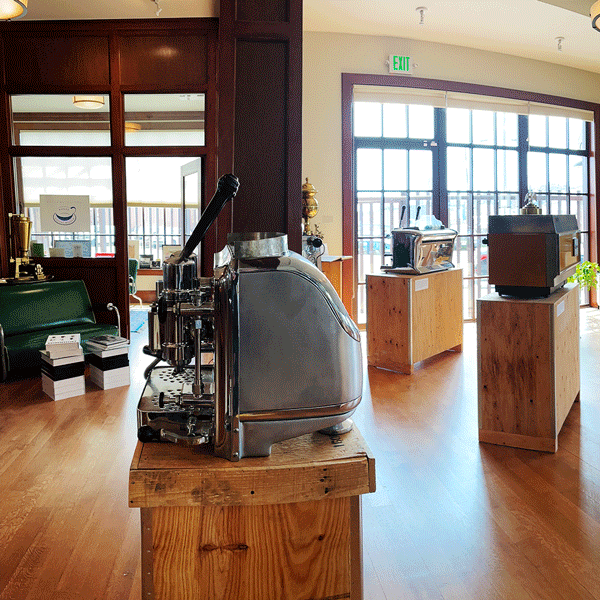
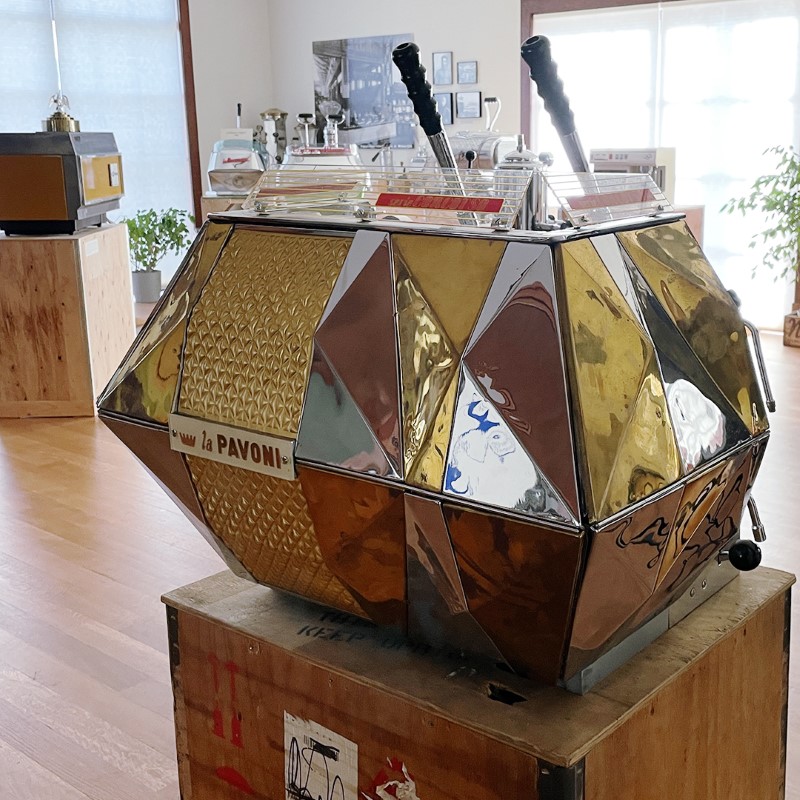
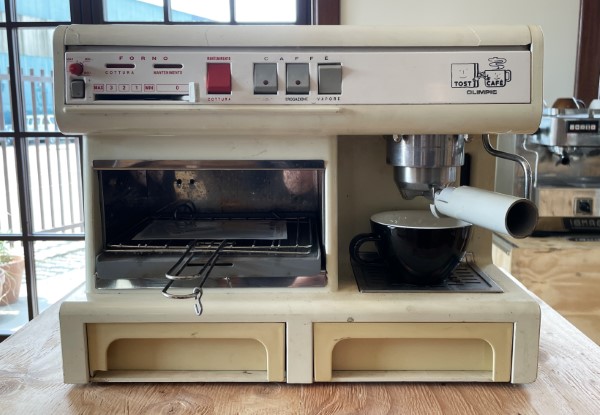
Below the visitor space, the 3000 square foot basement, which is not open to the public, is jam-packed with row after row of machines stacked two high. The depth and breadth of this “archive” is simply monumental. No collection of anything worth collecting can really be called complete, but one is left with the impression that Kent has come close to achieving that rather unlikely goal of having at least one of everything. The archive contains examples of almost all the machines I’ve ever seen or heard of, going all the way back beyond the misty origins of espresso, plus a whole slew of names I’ve never heard before. It is really quite astonishing.
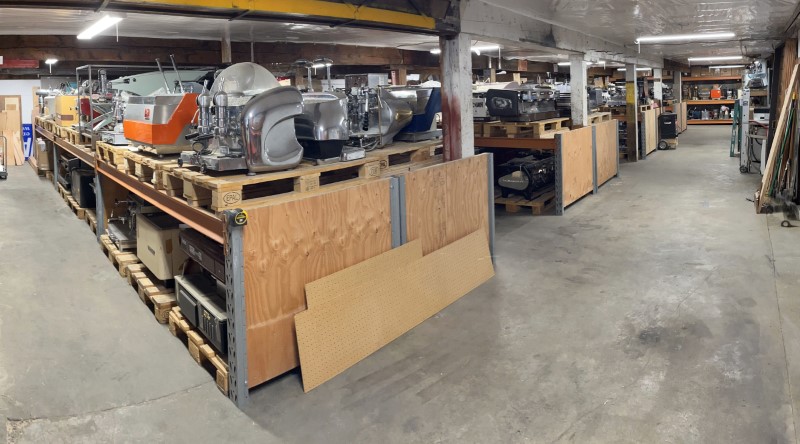
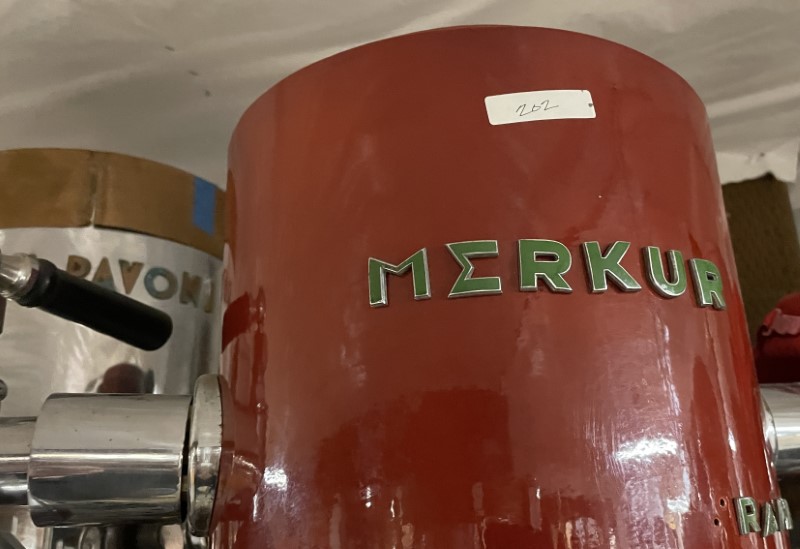
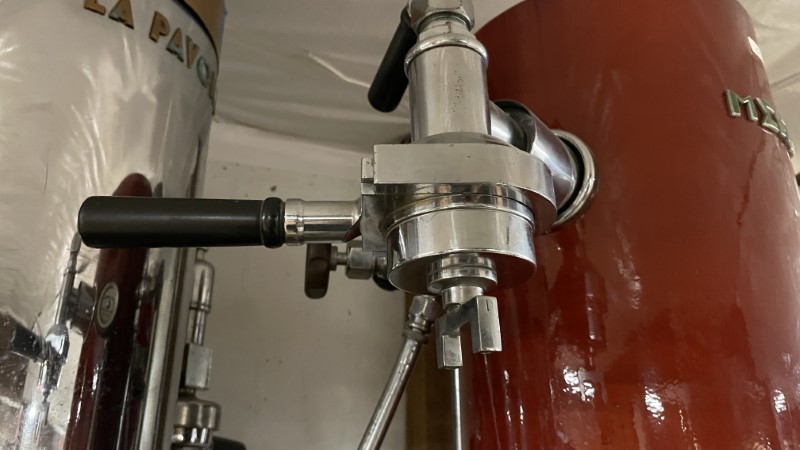
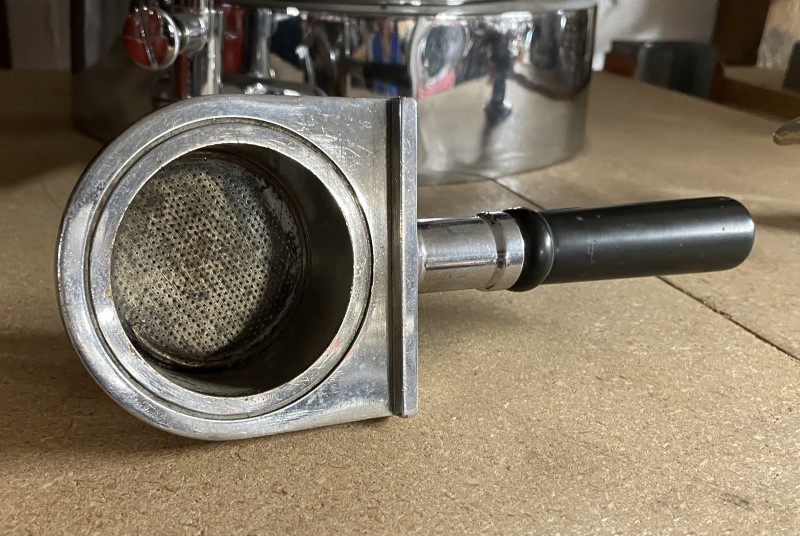
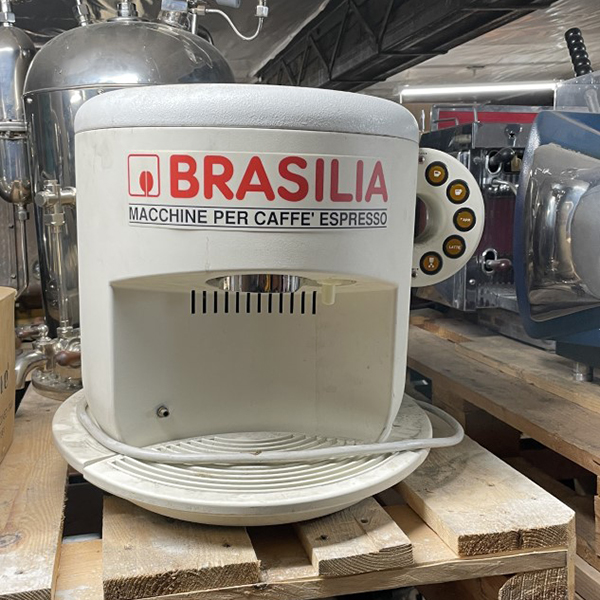
So, back to the other half of the visitor space and the reason I went to Seattle. Currently, this other space houses an array of many hundreds of small domestics and stovetops. In addition to a few more large commercial machines and grinders there is also a small repair and restoration workshop. Lastly and, to my mind least, most intriguingly, there are a quite a few working coffee machines, now including, I am very happy to say, a Lapera.


Over the course of my career as an artist I have spent rather a lot of time in museums. I have always experienced a certain amount of dissatisfaction with those dedicated to industrial design. The utilitarian objects on pedestals or behind glass, the biplanes suspended on cables from the ceiling, the cars and motorcycles, polished to an improbable shine, on shelves or in perfectly spaced rows all leave me feeling a certain nostalgic melancholy, like wandering through Montmartre or Père-Lachaise cemeteries in Paris – mile upon mile of incredibly beautiful but ineffably sad monuments to the dead. Obviously there is more than mild hyperbole in this metaphor, I am not stricken with grief and loss when I see a vacuum cleaner behind glass, but you know what I mean. Placing an object on a pedestal removes it from its functional context and suggests that its status is no longer utilitarian. It is good in that the “dislocation” shifts our focus away from the function of the object to its form, allowing us to appreciate it only on its artistic and design merits, its aesthetics and craftsmanship. However, the loss of context robs the object of its utility, of its vitality, of its raison d’être (literally reason for being). Airplanes in museums no longer fly. A coffee machine taken from a café and put on a pedestal no longer makes coffee.
Art objects, i.e. paintings and sculptures, are intended to be appreciated: looked at, contemplated from a respectable distance and not touched. Appliances, into which category coffee machines, no matter their sculptural allure, must ultimately be classified, are intended to perform a specific task, they are meant to be used and handled. There is no denying the artistry and creativity evident in the evolution of the design of coffee machines. The Kees van der Westen next to the Concorso in the main exhibition space takes the idea of coffee machine as sculpture (albeit, as Kees puts it, “sculpture that dispenses coffee”) to an extreme. Industrial design, by definition, straddles this curious divide between objet d’art and functional machine. Coffee machines are both art and utilitarian objects, both form and function.
So the fact that the visitor space is divided into two is why I am genuinely excited by what the Bakke museum might become: two spaces, one contemplative, the other experiential, to present the dual nature of these products of industrial design as both art object and functioning, warm-blooded machine. A cold side and a hot side as it were. The simple, but fundamental act of the division of space offers an enticing glimpse of what a “coffee museum” might be: a place to engage with the experience of coffee, the evolution of its technologies and with coffee culture itself. Where a North American audience might gain a deeper understanding of how coffee is and was made elsewhere and at other times. The museum is a real gift to Seattle’s rich coffee culture as well to a far wider North American audience. I am genuinely excited by the enticing prospect of seeing working examples of original classic pre-nine-bar, lever and pump machines and the pedagogical opportunities that would offer for comparisons of historical coffee methods and technologies with contemporary ones. It is a huge challenge, possibly the ultimate challenge for a barista, to recreate not just the techniques for using machines that are a century old, but also to have an idea of what the coffee they produced was supposed to taste like. Forza team Bakke!
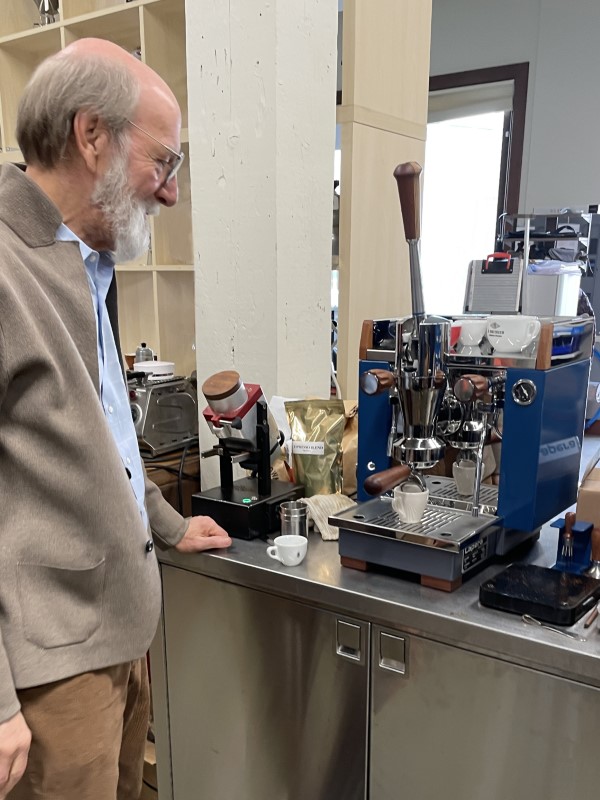
This just leaves me to say a huge thank you to everyone whose generosity and hospitality made my visit to Seattle such a pleasure. And thanks for reading.
2023 6 13 – corrected the stated square footage of the building from 6000 per floor to 6000 total.

Thomas,
Thank you for your visit and a wonderful write up and perspective on our space, you really got it.
Skip